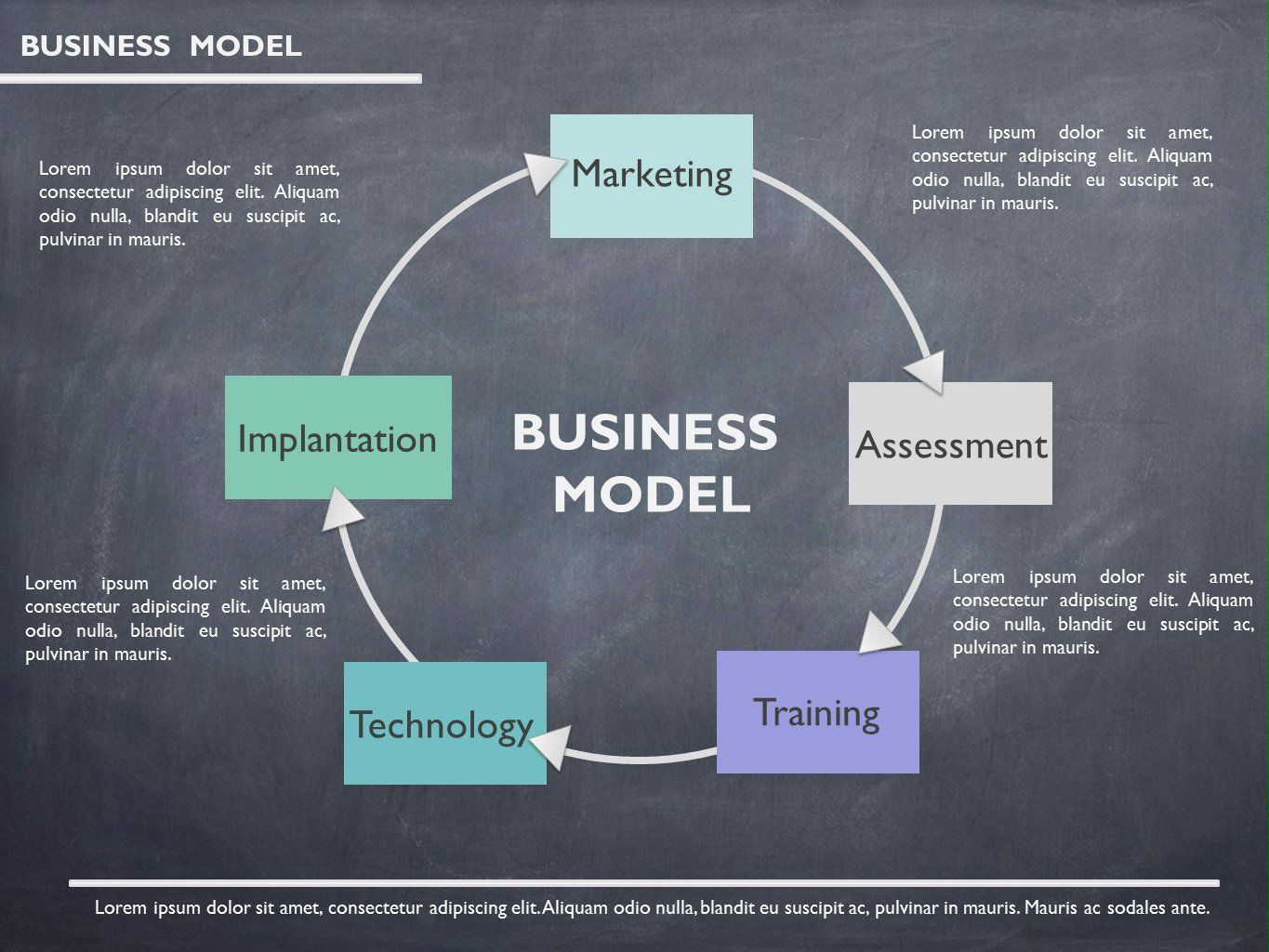Have you ever visited a construction site and witnessed how the machinery works together seamlessly, laying the groundwork for a new building? It’s truly captivating to consider how automation has fundamentally altered the construction industry. I remember stepping onto a site not too long ago, where drones surveyed the land with a precision that genuinely surprised me. That experience left me lost in thought, pondering how this technology could enhance productivity while ensuring worker safety. It raises an important question: how has automation not only transformed the industry itself but also reshaped our work culture?
Traditionally, construction has been a domain marked by physical labor, determination, and a fair amount of sweat. However, we are now witnessing a shift towards more integrated systems in which machines and technology work in harmony with human efforts. This evolution allows workers to transition away from repetitive tasks and focus on roles that require creativity, innovation, and critical thinking. It’s fascinating to consider how these changes will redefine job roles in the coming years, don’t you think?
A New Breed of Tools
The rise of automation has ushered in a vibrant array of tools that are becoming fundamental to our daily workflows. Robotic construction systems and 3D printers have moved beyond the realm of novelty; they are revolutionizing the way we conceptualize and execute projects. Just a few months ago, I participated in a workshop showcasing a 3D-printed house model, and I was genuinely amazed by its speed and efficiency. That experience made me reflect on the influence of these technologies, which not only save time but also significantly reduce waste.
These tools represent more than just technological advancement; they reflect a cultural shift as well. As we embrace these innovations, we have the opportunity to redefine the skill sets required in construction, steering towards a workforce that is not only tech-savvy but also adept at navigating traditional construction roles alongside digital systems. It’s thrilling to imagine how these technologies can empower new generations of builders. Does the idea of merging technology with craftsmanship resonate with you too?
Emphasizing Safety and Precision
Let’s take a moment to talk about safety, a topic every construction worker can relate to. There’s an ever-growing emphasis on job site safety, and automation plays a crucial role in this area. Automated equipment can significantly reduce human exposure to high-risk situations, effectively lowering incident rates on job sites. Reflecting on my early days in construction, I recall that safety was a constant concern. If only we had access to the tools and resources that are now so prevalent!
Moreover, automation brings with it enhanced precision. For instance, the application of AI and machine learning in project management can help forecast potential issues before they escalate. Thanks to data analytics, we can refine processes and allocate resources with greater efficiency. Isn’t it liberating to think that, with automation, we’re not merely reacting to problems but proactively addressing them?
Fostering Collaboration
One of the most inspiring aspects of these advancements is how they foster collaboration across teams in innovative ways. From collaborative software that connects field workers with remote engineers to real-time project management apps, there is a tremendous potential for enhancing teamwork. At a recent local construction trade fair, I witnessed firsthand how various stakeholders could collaborate effectively, with technology bridging gaps that once seemed insurmountable. The energy in that room was infectious, filled with excitement about projects that were previously deemed too complex or risky.
As we look to the future, it begs the question: how can we cultivate a thriving collaborative culture? By fostering an environment where every team member feels valued and aligned with a common vision. This isn’t just about embracing technology; it’s about nurturing relationships and achieving shared success. Consider how often we think of collaboration in innovative ways when planning construction processes.
Embracing Change
Ultimately, embracing automation isn’t about replacing the human touch; it’s about enhancing it. Sometimes, I find myself reminiscing about the days of manually drafting plans and meticulous line-by-line estimates. Yet, I must acknowledge how far we’ve advanced since then. Automation not only boosts our efficiency; it also allows us to concentrate on what we truly love about construction—the creative process of designing and building vibrant communities.
So, what’s on the horizon? The landscape of automation in construction is continually evolving, presenting a wealth of exciting opportunities. As professionals in the field, we should approach these changes with open minds and a readiness to learn and adapt. This evolution calls on us not only to count materials but also to thoughtfully consider the spaces we occupy and the communities we help shape. Isn’t it invigorating to be part of such a transformative journey? Want to learn more about the subject covered? https://kotakct.com, explore the thoughtfully chosen external material to supplement your reading and enhance your knowledge of the topic.
Interested in learning more? Explore the related posts to broaden your comprehension:




